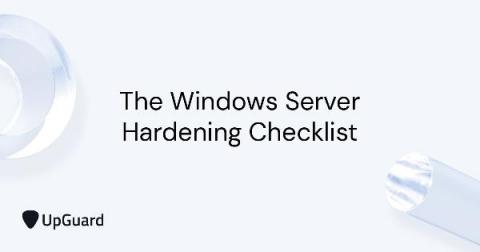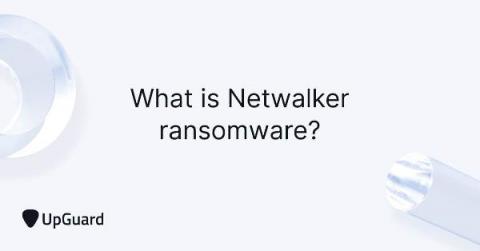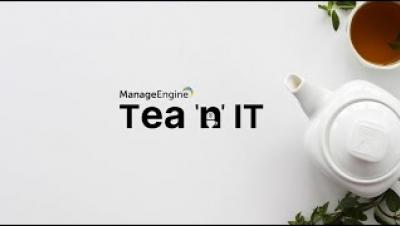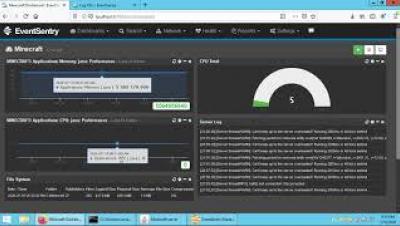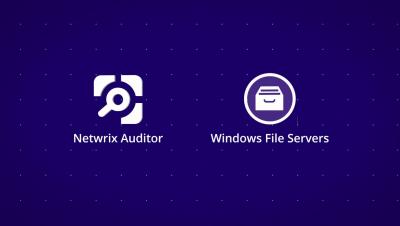The Windows Server Hardening Checklist
Whether you’re deploying hundreds of Windows servers into the cloud through code, or handbuilding physical servers for a small business, having a proper method to ensure a secure, reliable environment is crucial to success. Everyone knows that an out-of-the-box Windows server may not have all the necessary security measures in place to go right into production, although Microsoft has been improving the default configuration in every server version.


